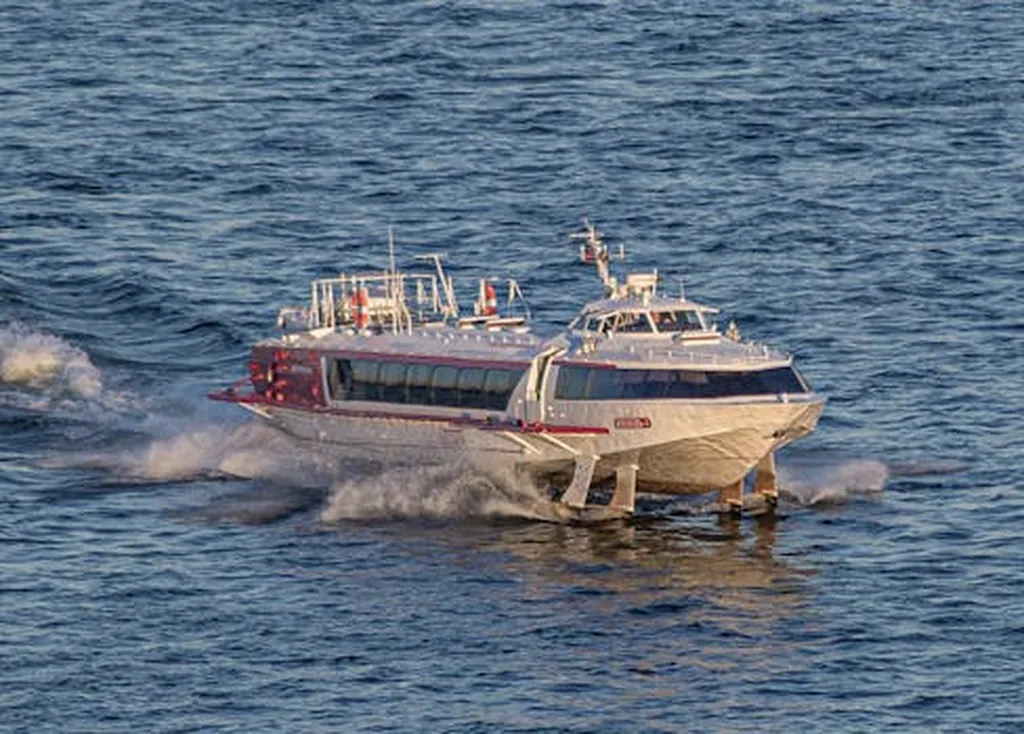In the ever-evolving landscape of maritime technology, a groundbreaking study led by Shaojie Guo from the Department of Merchant Marine College at Shanghai Maritime University has caught the attention of industry professionals. Published in the Journal of Marine Science and Engineering, the research introduces a novel hybrid model designed to enhance ship motion prediction, incorporating wind factors and leveraging deep learning techniques.
At the heart of this study is a hybrid model that combines a convolutional neural network (CNN), bidirectional long short-term memory network (BiLSTM), and an attention mechanism. This model is applied to non-parametric system identification of ship motion, a process that involves understanding and predicting how a ship moves in response to various factors, including wind. The model processes input data with different historical dimensions, extracts local features using a CNN layer, captures bidirectional temporal dependencies via a BiLSTM layer, and finally introduces a multi-head attention mechanism to enhance the model’s expressive and learning capabilities.
One of the key challenges addressed in this research is the interpretability of deep neural networks. To tackle this, the researchers adopted SHapley Additive exPlanations (SHAP) technology, which helps in explaining the internal mechanisms of the model. As Guo explains, “The coupled CNN-BiLSTM-Attention model with SHAP was adopted for the prediction of ship motion processes and the identification of key input feature factors.”
The effectiveness of the proposed model was validated through experiments using a ship free-running motion dataset with wind interference. The findings indicate that the model attains smaller prediction errors and demonstrates augmented generalizability and robustness compared to conventional single-architecture models and composite architecture models.
The commercial impacts of this research are significant. Accurate ship motion prediction is crucial for various maritime operations, including navigation, maneuvering, and collision avoidance. By incorporating wind factors and leveraging deep learning techniques, this model can enhance the safety and efficiency of maritime transport. Moreover, the interpretability provided by SHAP technology can help maritime professionals better understand and trust the predictions made by the model.
This research opens up new opportunities for the maritime sector to adopt advanced technologies for ship motion prediction. As the industry continues to evolve, the integration of deep learning and interpretability techniques can pave the way for more intelligent and autonomous maritime systems. The study, published in the Journal of Marine Science and Engineering, is a testament to the ongoing innovation in maritime technology and its potential to transform the industry.
In the words of Guo, “The proposed model attains smaller prediction errors and demonstrates augmented generalizability and robustness.” This statement underscores the potential of the model to revolutionize ship motion prediction and enhance maritime safety and efficiency. As the maritime industry continues to embrace advanced technologies, research like this will play a pivotal role in shaping the future of maritime transport.

